Live Plants, Mosses and growing guides
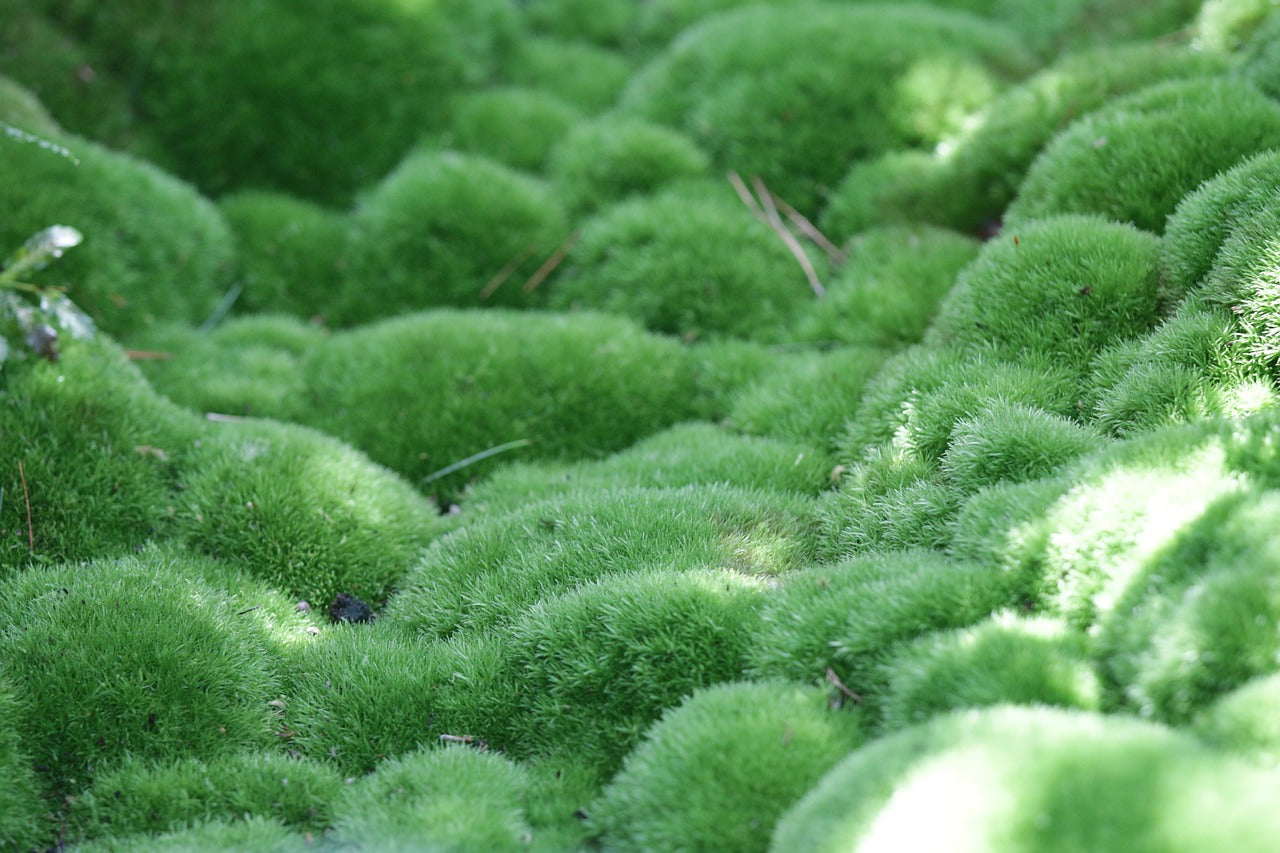
How to Keep Moss Alive and THRIVING in Your Vivarium
Moss adds undeniable charm to vivariums, but its care can be tricky, especially for reptile enthusiasts. If you've struggled with moss or want a solid start, this article is your guide to overcoming challenges and creating a vivarium that truly thrives.
- Josh Halter
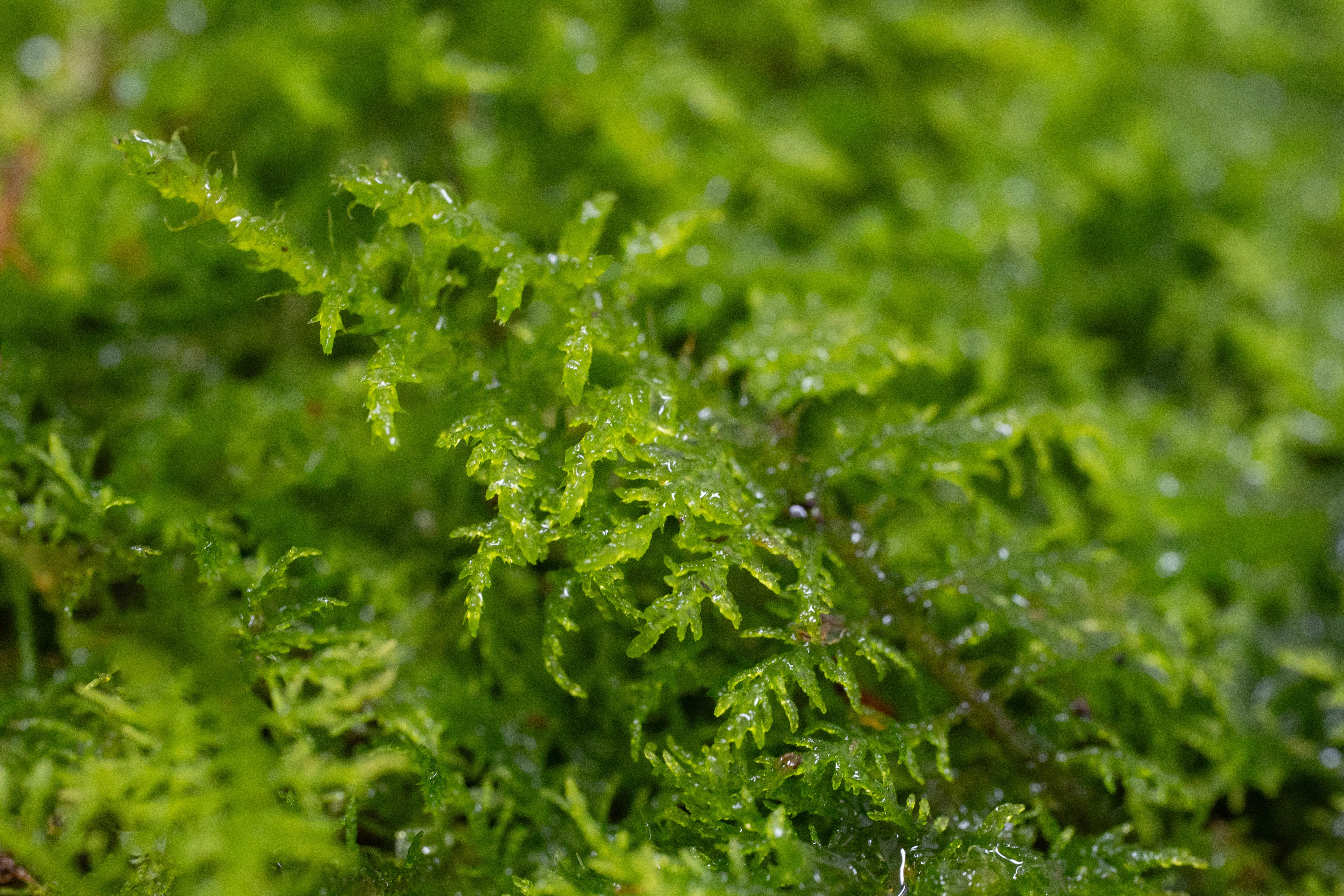
Fern Moss - Thuidium Cymbifolium Caresheet
Discover how to successfully grow and maintain Thuidium cymbifolium, also known as Fern Moss, in your bioactive terrarium. This detailed care guide covers lighting, humidity, substrate needs, and the ecological benefits of using Fern Moss in vivariums, paludariums, and naturalistic enclosures. Ideal for reptile and amphibian habitats, this moss supports microfauna and enhances humidity regulation. Learn best practices to keep your moss thriving in a lush, forest-like setup.
- Josh Halter
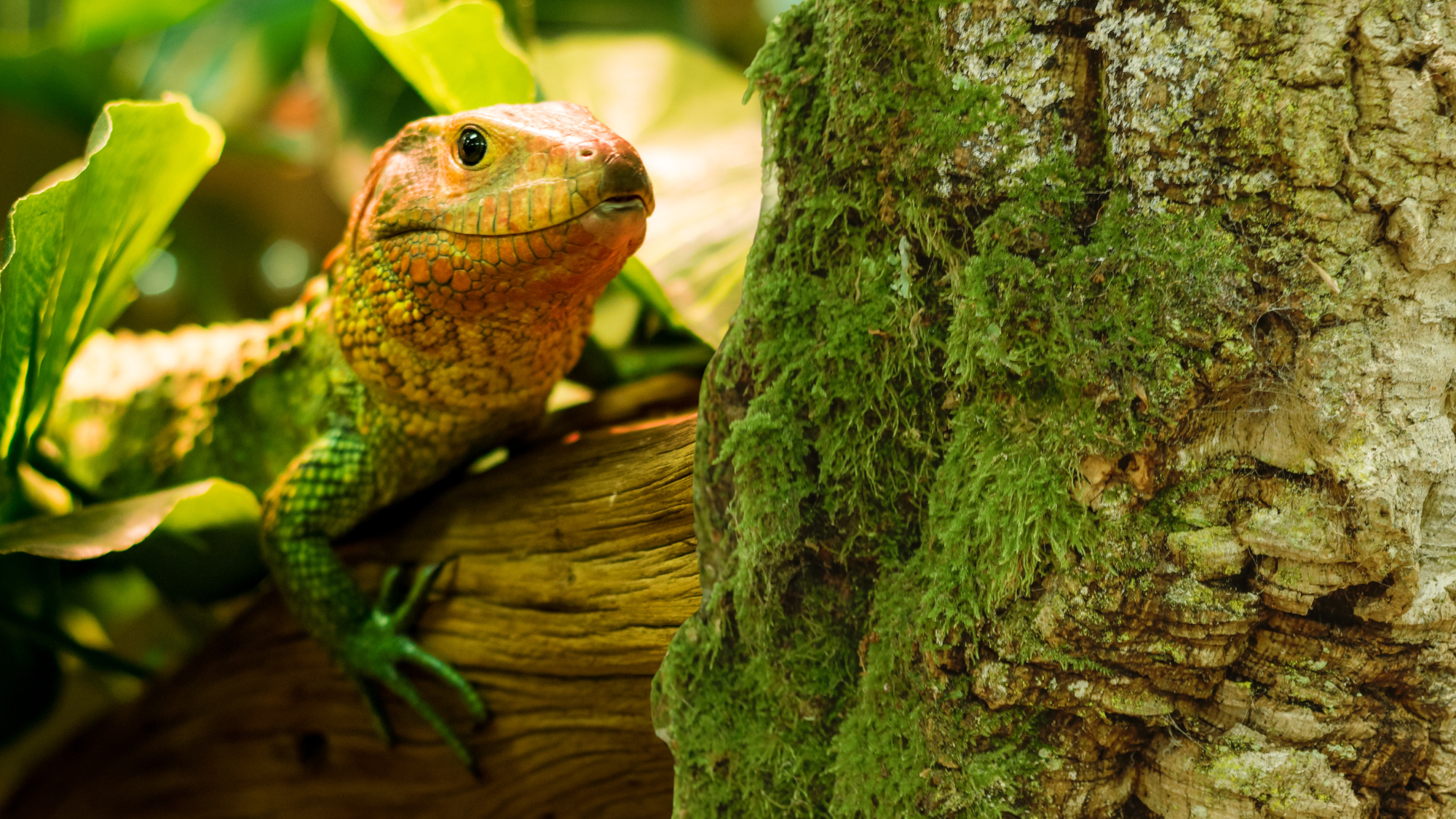
How to Attach Live Moss to Wood, Rocks, and Other Terrarium Accents
Choosing the right moss for your terrarium is key to a thriving, natural setup. Some mosses, like Java moss and Hypnum moss, attach well to wood and rocks. Proper preparation—cleaning surfaces, soaking the moss, and misting—helps improve attachment, while methods like fishing line, super glue, or a moss slurry ensure secure placement. With consistent humidity, indirect lighting, and occasional trimming, your attached moss will establish and flourish, creating a lush, bioactive habitat.
- Josh Halter
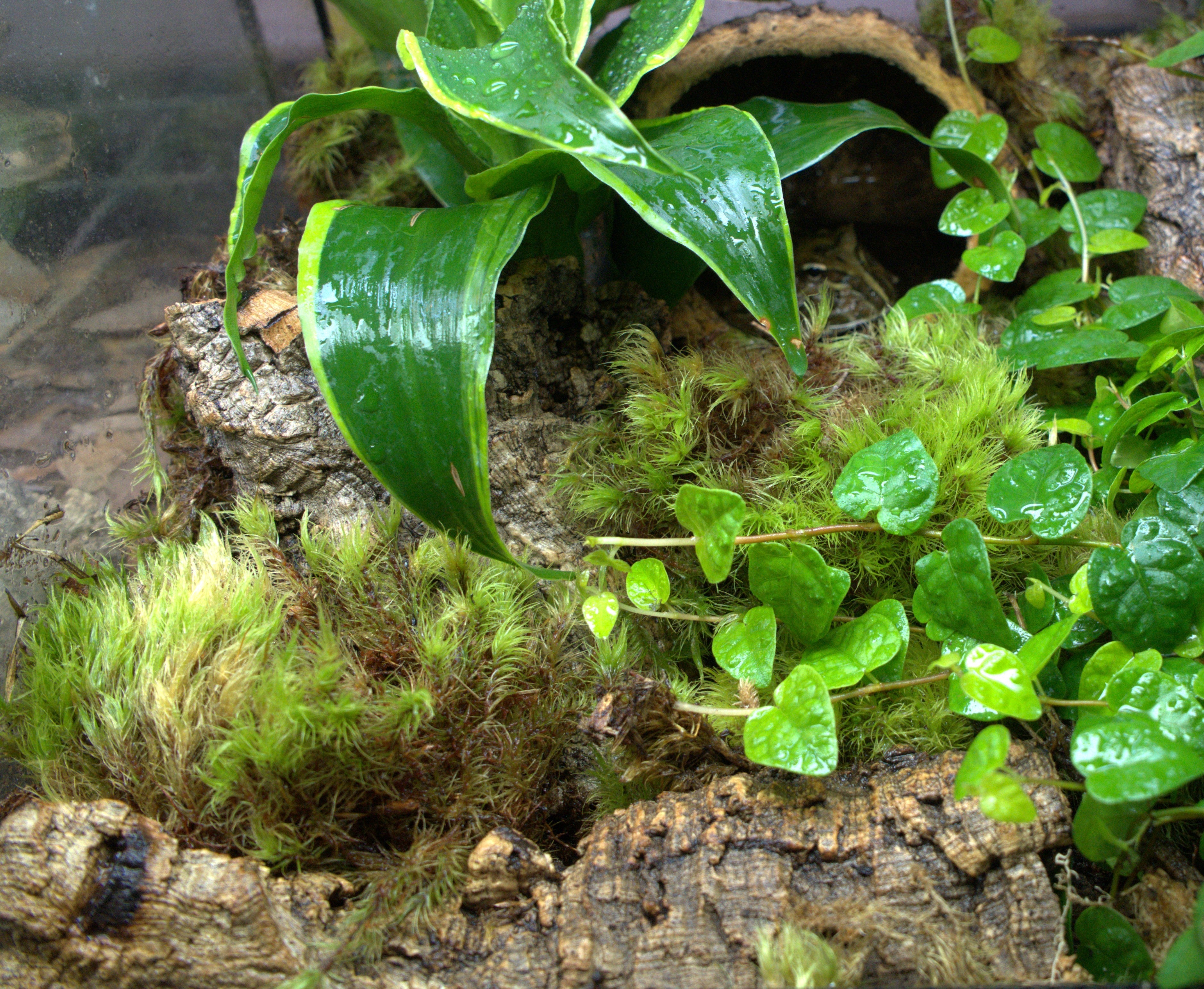
Common Moss Questions & FAQs – The Bio Dude’s Guide
Moss is a staple in bioactive terrariums, paludariums, and vivariums, providing humidity retention, aesthetic appeal, and a naturalistic environment for reptiles, amphibians, and invertebrates. At The Bio Dude, we get a ton of questions about how to properly care for moss in a bioactive setup. Here are some of the most common ones, answered by the experts!
- Josh Halter
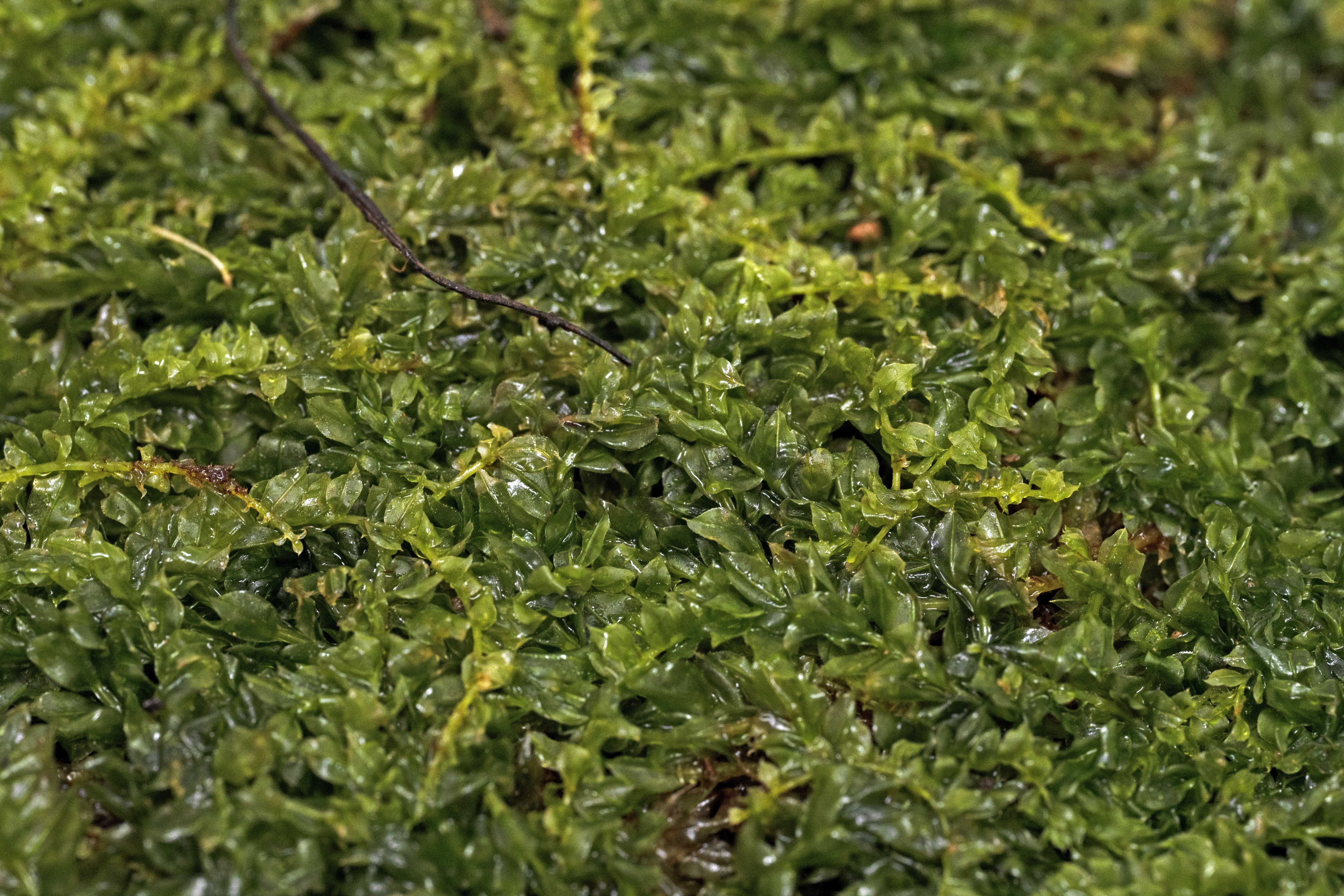
Plagiomnium Moss Care Sheet
Plagiomnium moss (Plagiomnium cuspidatum) is a vibrant, creeping moss that thrives in high-humidity terrariums, vivariums, and paludariums. This moss grows best on moist, well-draining substrates like sphagnum moss or bioactive soil and spreads beautifully across logs, rocks, and soil mounds. With regular misting and proper moisture levels, Plagiomnium moss stays lush and requires little maintenance, making it a great choice for bioactive setups.
- Josh Halter
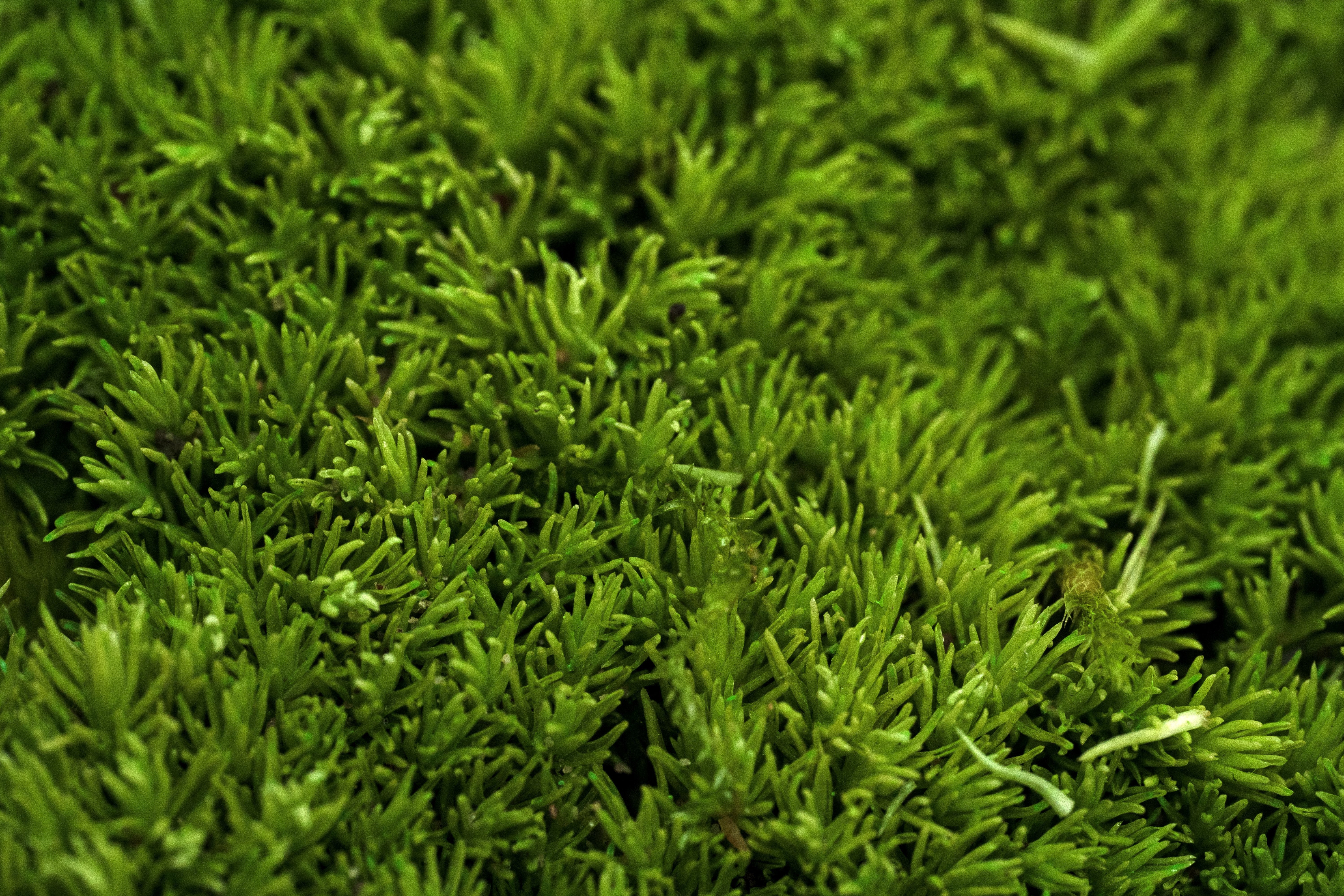
Cushion Moss Care Sheet
Cushion moss (Leucobryum glaucum) is a hardy, low-maintenance moss that forms dense, pillow-like clumps, making it a great addition to bioactive terrariums. With proper moisture, a moisture-retentive substrate, and occasional misting with RO, distilled, or dechlorinated water, cushion moss stays lush and vibrant, adding a natural, green touch to any setup.
- Josh Halter










